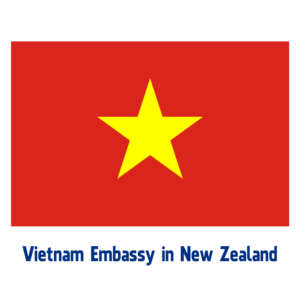
Top 10 Vietnam Tourist Attractions Explore the Beauty and History of This Southeast Asian Gem
Vietnam is a country rich in culture, history, and natural beauty. From bustling cities to serene countryside, there is something for every type of traveler. But with so many amazing places to visit, it can be overwhelming to plan your trip. That’s why we’ve compiled a list of the top 10 Vietnam tourist attractions that you won’t want to miss. So pack your bags and get ready to explore this beautiful Southeast Asian gem.
Ha Long Bay: A Natural Wonder
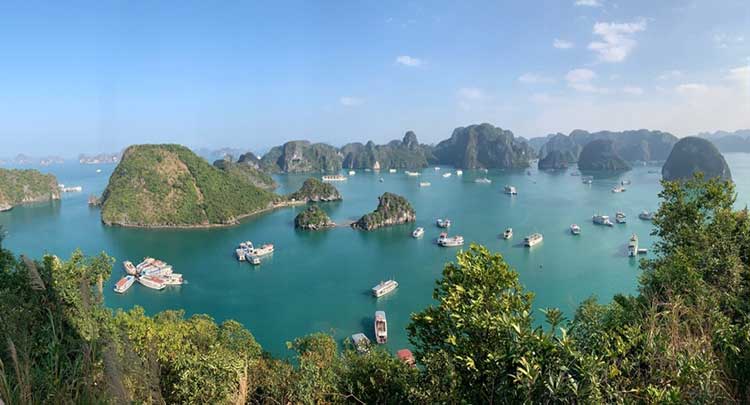
Ha Long Bay is a UNESCO World Heritage Site and one of the most popular tourist destinations in Vietnam. Located in northeastern Vietnam, this stunning bay is known for its emerald-green water and towering limestone karsts. These unique rock formations jut out of the water, creating a breathtaking landscape that has been featured in countless movies and photographs.
Visitors can take boat cruises through the bay, allowing them to get up close and personal with the karsts. For the more adventurous, there are also options to kayak or even swim in the bay. And for those who prefer to stay on land, there are plenty of hiking trails that offer stunning views of the bay from above.
Hoi An Ancient Town: A Step Back in Time
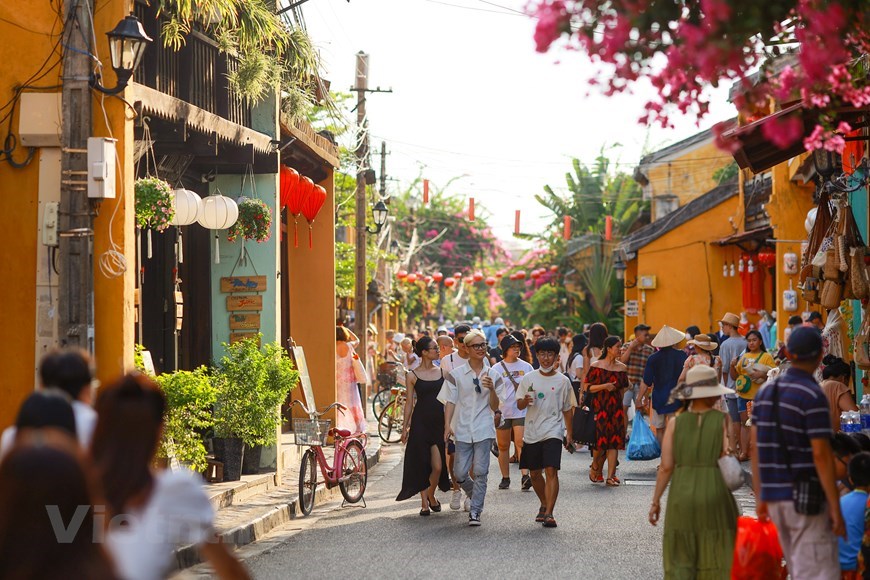
Hoi An Ancient Town is another UNESCO World Heritage Site and a must-visit destination in Vietnam. Located in central Vietnam, this charming town is known for its well-preserved architecture that dates back to the 17th and 18th centuries. As you wander through the lantern-lit streets, you’ll feel like you’ve stepped back in time.
One of the highlights of Hoi An is the Japanese Covered Bridge, a symbol of the town that was built in the 16th century. Visitors can also visit the many temples and pagodas scattered throughout the town, each with its own unique history and architecture. And don’t forget to indulge in some shopping at the local markets, where you can find everything from handmade crafts to delicious street food.
Cu Chi Tunnels: A Glimpse into Vietnam’s Past

The Cu Chi Tunnels are a network of underground tunnels that were used by the Viet Cong during the Vietnam War. Located northwest of Ho Chi Minh City, these tunnels are a popular tourist destination for those interested in learning about the country’s history.
Visitors can crawl through a section of the tunnels, which have been widened for tourists, to get a sense of what life was like for soldiers during the war. There is also a war museum on-site, as well as a documentary that provides a deeper understanding of the conflict. It’s a sobering but important experience that shouldn’t be missed.
My Son: A Spiritual Journey
My Son is a complex of Hindu temples that were built by the Cham people between the 4th and 14th centuries. Located in central Vietnam, this UNESCO World Heritage Site is a must-visit for history and architecture enthusiasts.
The temples, although partially destroyed during the Vietnam War, still showcase intricate carvings and stunning architecture. Visitors can take a guided tour to learn about the history and significance of the site, or simply wander around and take in the peaceful atmosphere.
Phong Nha-Ke Bang National Park: A Nature Lover’s Paradise
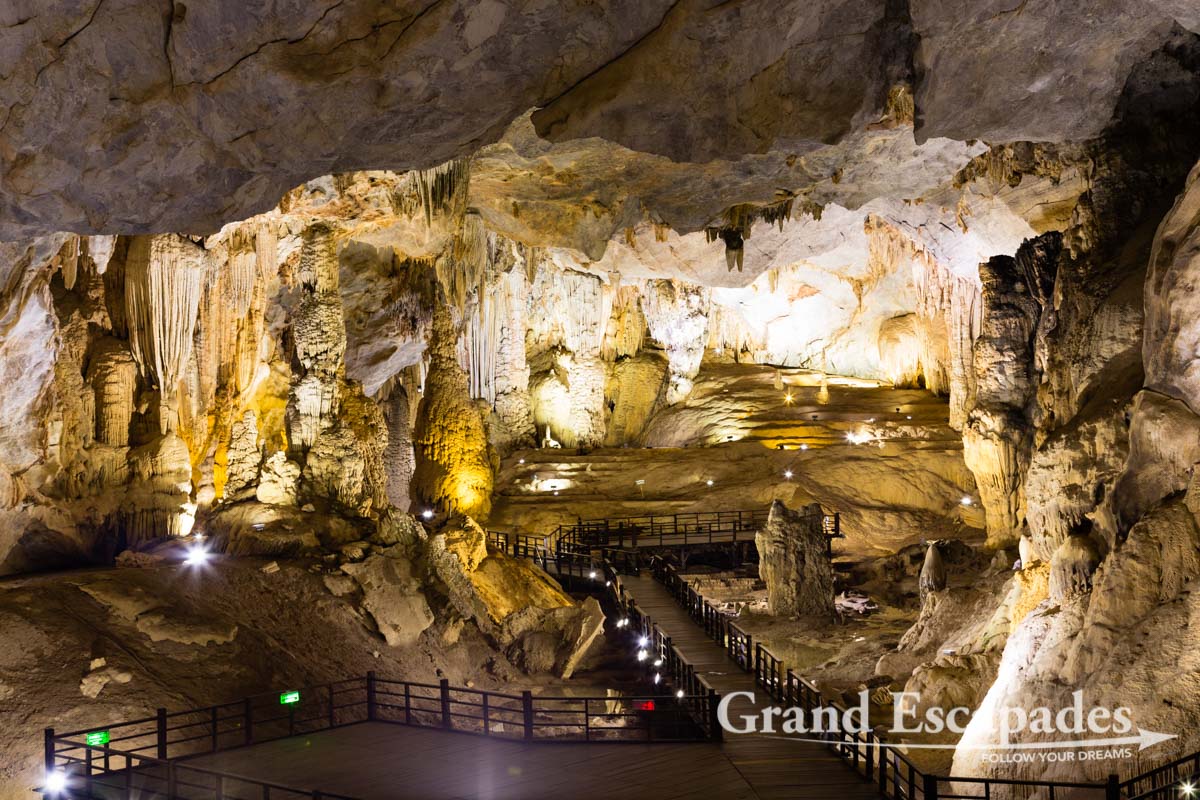
Phong Nha-Ke Bang National Park is a nature lover’s paradise located in central Vietnam. This UNESCO World Heritage Site is home to some of the world’s most impressive caves, including the largest cave in the world, Son Doong.
Visitors can take guided tours of the caves, which range from easy walks to more challenging treks. The park is also home to diverse wildlife and stunning landscapes, making it a perfect destination for outdoor enthusiasts.
Ho Chi Minh City: A Vibrant Metropolis
Formerly known as Saigon, Ho Chi Minh City is the largest city in Vietnam and a bustling metropolis that offers a mix of old and new. From historic landmarks such as the Notre-Dame Cathedral Basilica of Saigon to modern skyscrapers and shopping centers, there is never a dull moment in this vibrant city.
Visitors can also explore the city’s rich culture through its museums, markets, and street food. And for those looking for a bit of relaxation, there are plenty of parks and gardens to escape the hustle and bustle of the city.
Sapa: A Mountain Escape
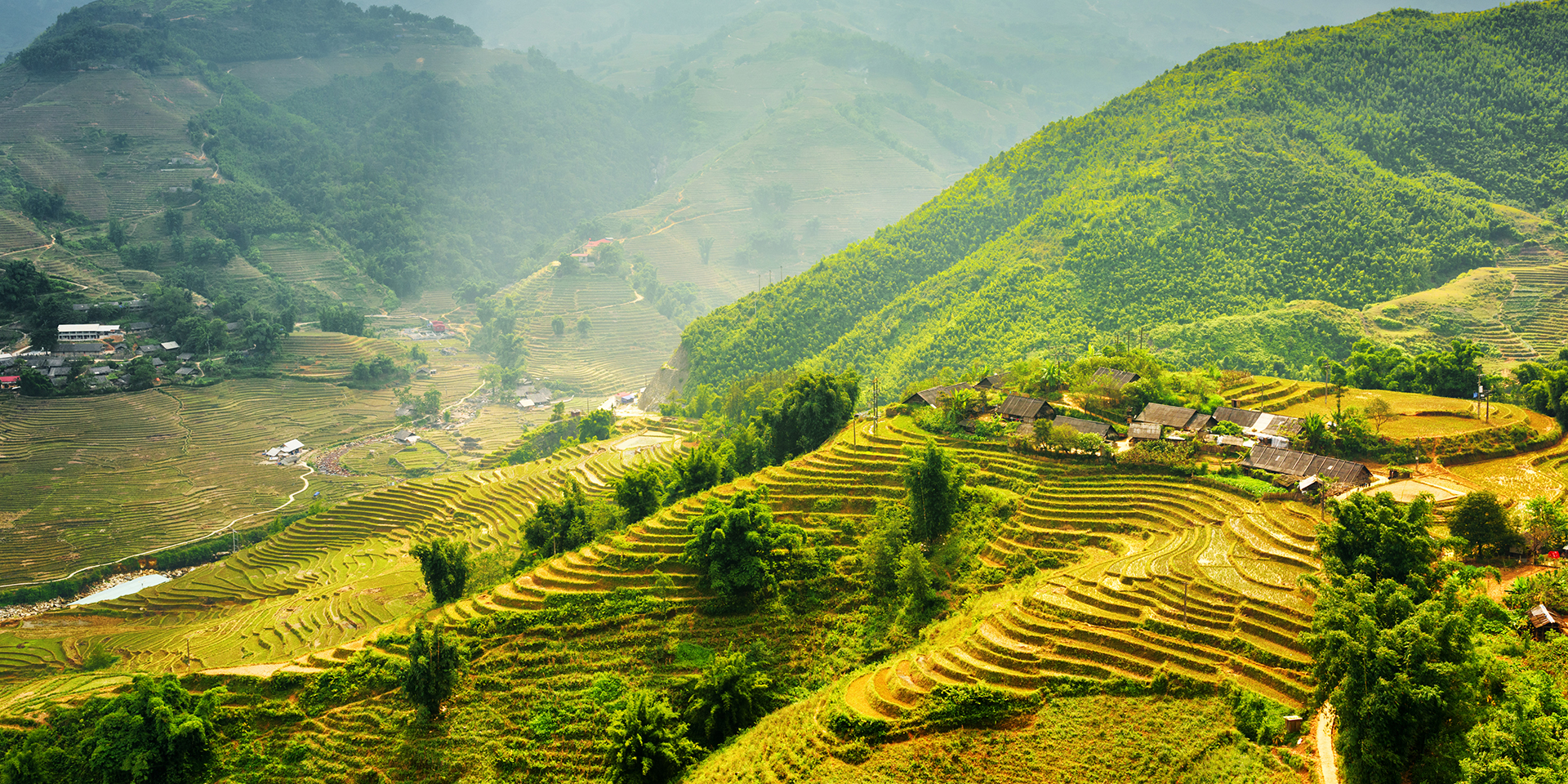
Located in the northwest region of Vietnam, Sapa is a mountain town known for its stunning scenery and cultural diversity. Surrounded by rice terraces and towering mountains, it’s a popular destination for trekking and experiencing the local hill tribe cultures.
Visitors can take guided hikes through the countryside, visit local villages, and even stay overnight with a homestay family to fully immerse themselves in the culture. It’s a peaceful and picturesque escape from the busy cities of Vietnam.
Hue: A City of Imperial History
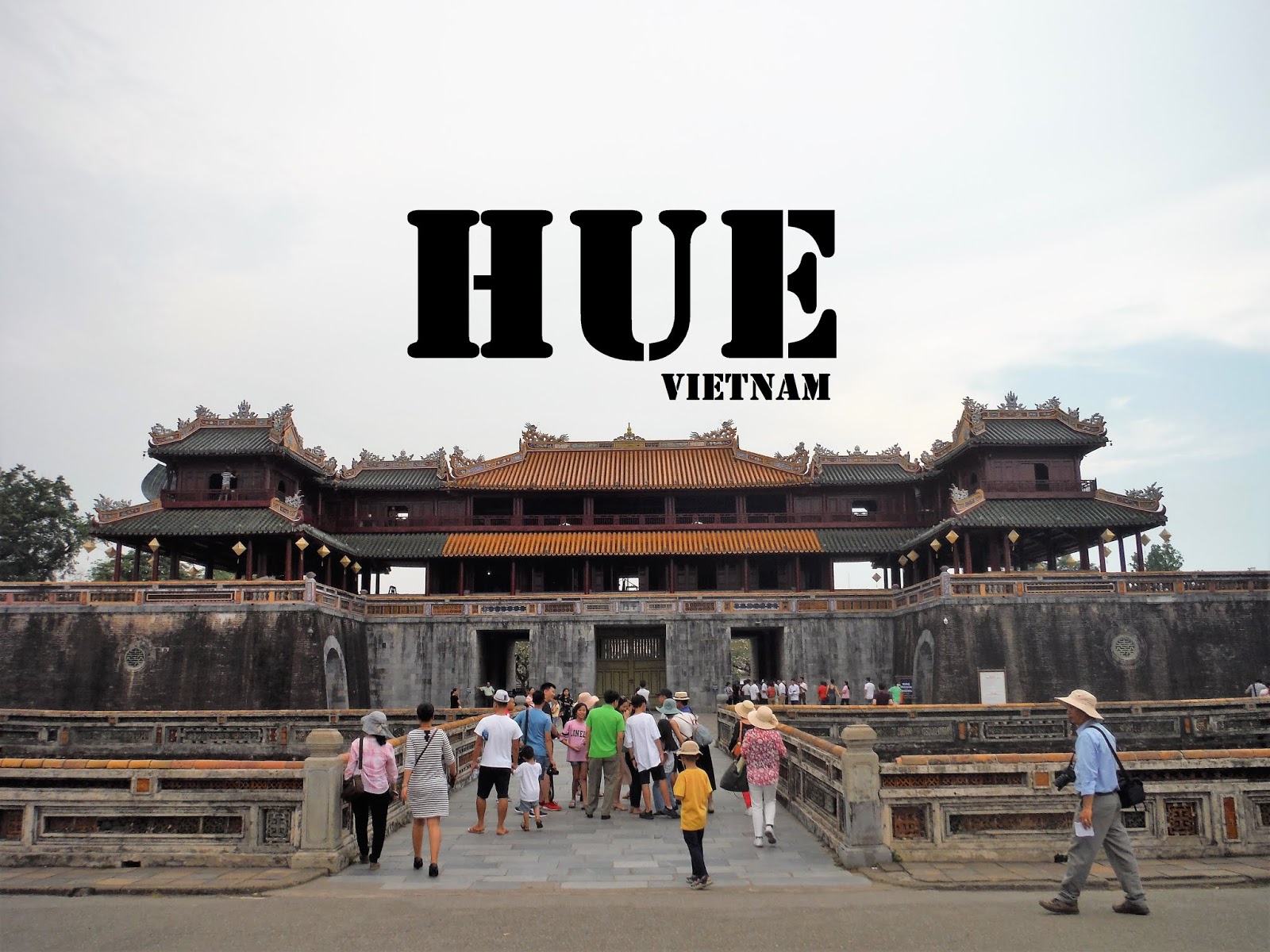
Hue was once the capital of Vietnam and is now a city steeped in imperial history. Located on the Perfume River in central Vietnam, it’s home to the Imperial City, a complex of palaces and temples that were once the residence of the Nguyen Dynasty emperors.
Visitors can explore the Imperial City and learn about the country’s past through its many museums and historical sites. The city is also known for its delicious cuisine, with many dishes influenced by the royal court.
Nha Trang: A Beach Lover’s Paradise
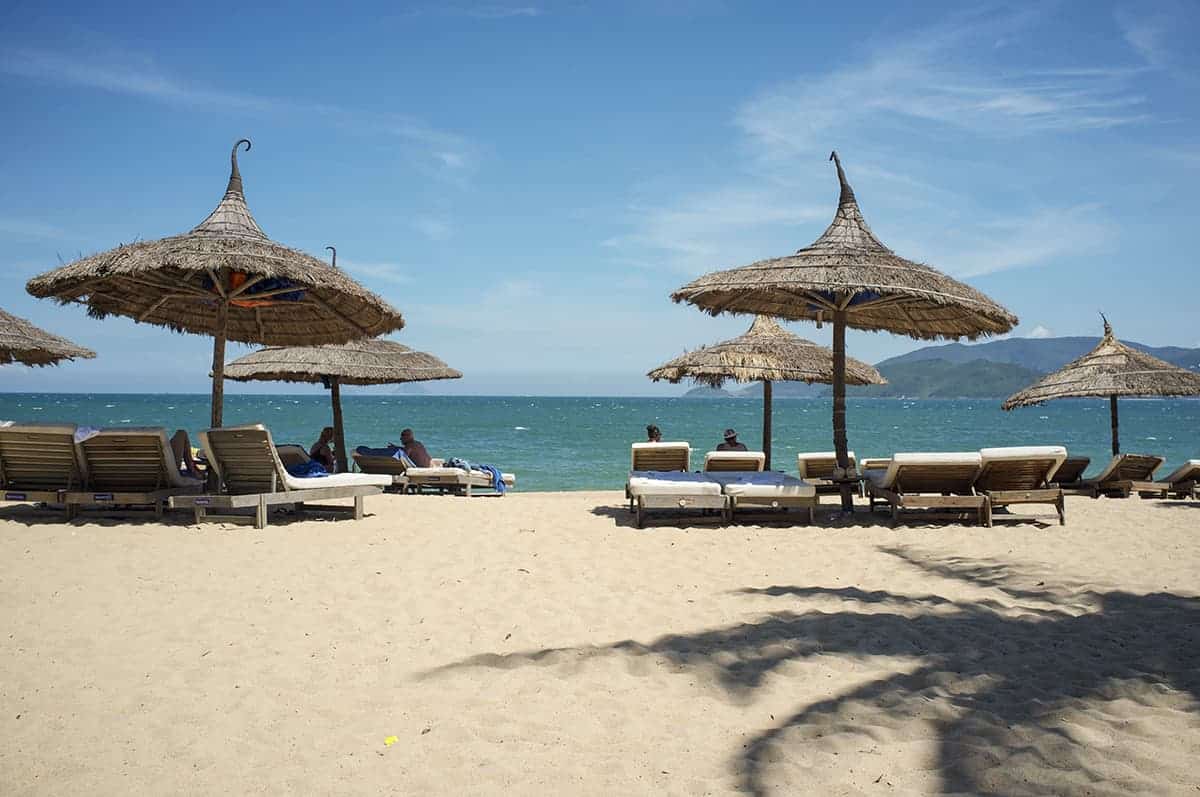
Nha Trang is a coastal city in southern Vietnam known for its beautiful beaches and clear waters. It’s a popular destination for both locals and tourists, offering a mix of relaxation and adventure.
Visitors can spend their days lounging on the beach, snorkeling or diving in the crystal-clear waters, or exploring nearby islands. And when the sun goes down, the city comes alive with a vibrant nightlife scene.
Mekong Delta: A River Adventure
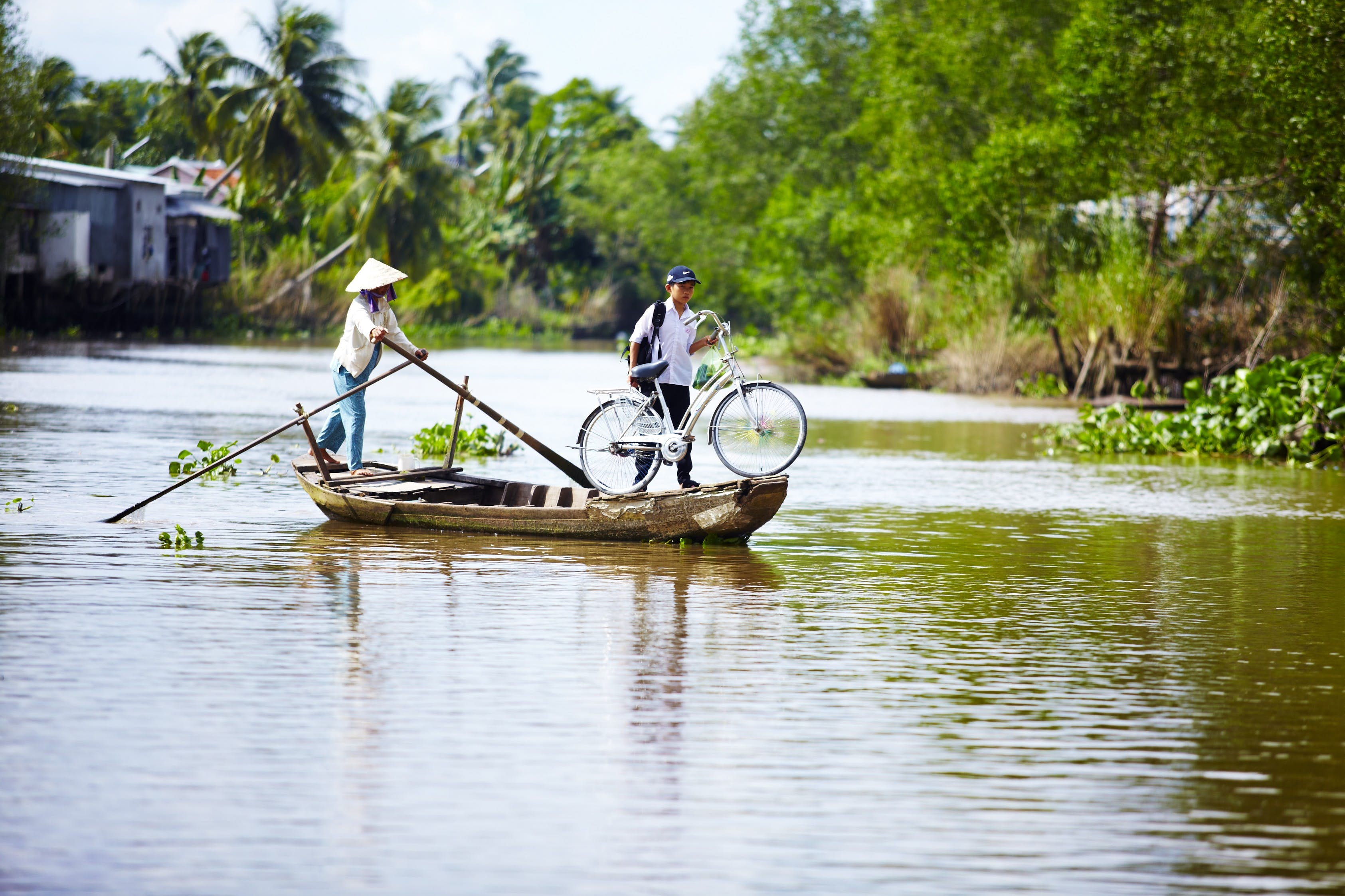
The Mekong Delta is a vast network of rivers and canals that flow through southern Vietnam. It’s a popular destination for those looking to experience the country’s rural life and natural beauty.
Visitors can take boat tours through the delta, stopping at local villages to learn about traditional crafts and sample fresh fruits. It’s a peaceful and unique way to explore this part of Vietnam.
FAQs About Vietnam Tourist Attractions
1. What is the best time to visit Vietnam?
The best time to visit Vietnam is from February to April or from August to October, when the weather is mild and dry.
2. Do I need a visa to visit Vietnam?
Most visitors will need a visa to enter Vietnam. You can apply for a visa online or upon arrival at one of the international airports.
3. Is it safe to travel to Vietnam?
Vietnam is generally a safe country to travel to. However, like any other destination, it’s important to take precautions and be aware of your surroundings.
4. What is the currency used in Vietnam?
The official currency of Vietnam is the Vietnamese dong (VND). US dollars are also widely accepted in tourist areas.
5. What is the best way to get around Vietnam?
The most popular ways to get around Vietnam are by bus, train, or domestic flights. Taxis and ride-sharing services are also available in major cities.
In Conclusion
Vietnam is a country that offers something for every type of traveler. From its stunning natural landscapes to its rich history and culture, there is no shortage of things to see and do. So if you’re planning a trip to this beautiful Southeast Asian gem, be sure to add these top 10 tourist attractions to your itinerary for an unforgettable experience.

